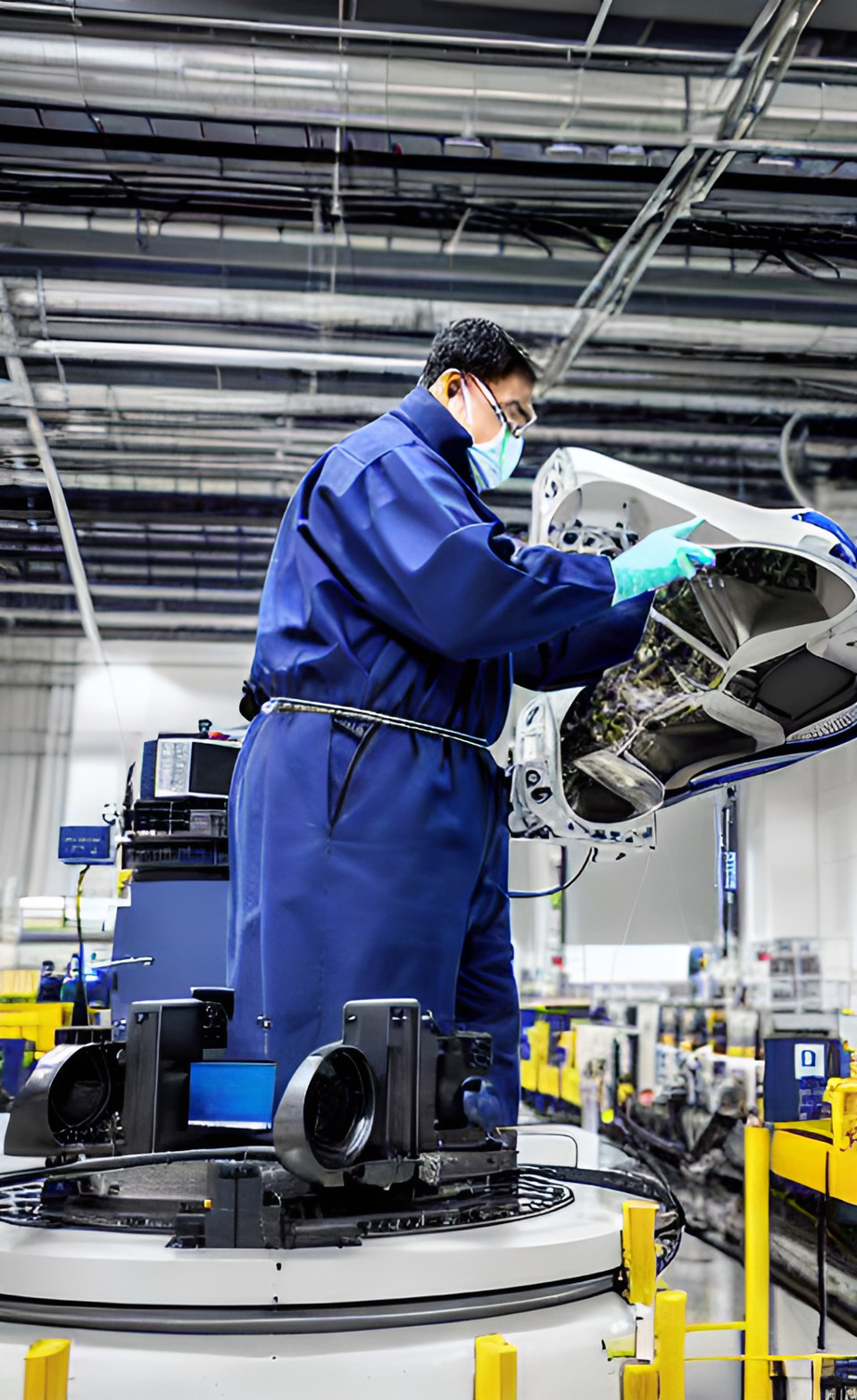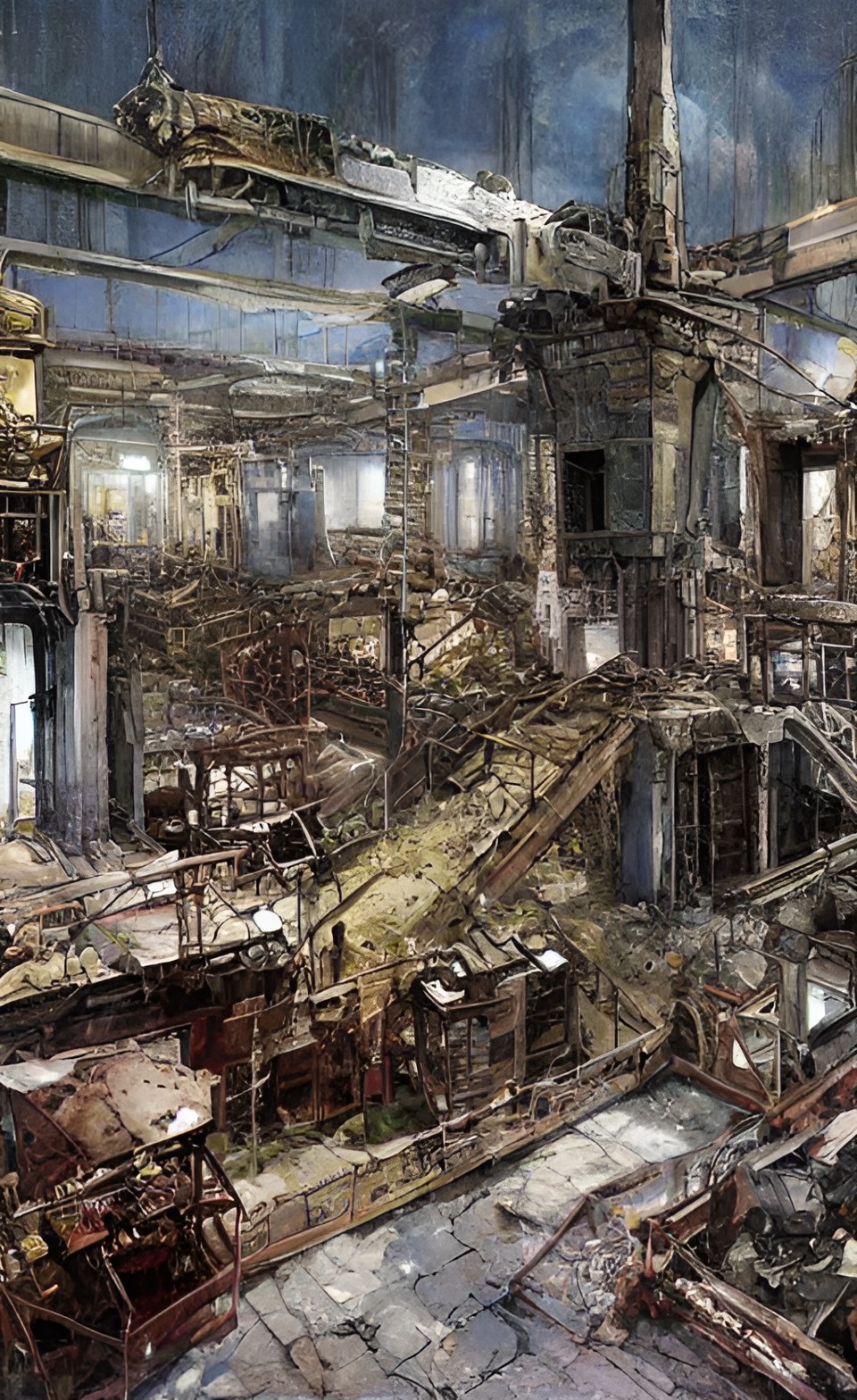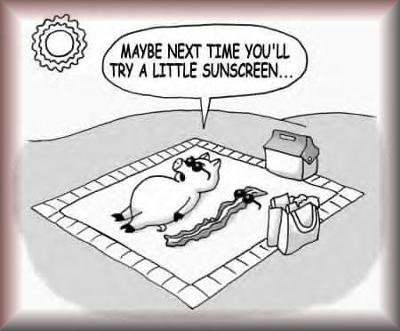- Air Homepage
- Alberta Air Quality
- Continuous Emission Monitoring Systems
- Air Quality Testing Machine
Secrets Behind Reliable Air Quality Testing Machines
What's so important about quality assurance plans, air quality testing machine verifications, and calibrations in environmental monitoring? Meticulous procedures and rigorous evaluations ensure the accuracy of emissions data during air quality testing.
Every reading from these machines stands as a testament to your commitment to a healthier planet thanks to your dedication to precision. Here you can find out how industries navigate the delicate balance between efficiency and environmental responsibility, creating a perfect combination of accountability.
The text below is extract and summarized from the Province of Alberta CEMS code.
7.0 Air quality testing machine Quality Assurance and Quality Control
How to get reliable data from these devices - We're ensuring the quality of data from Continuous Emission Monitoring Systems (CEMS), which track industrial emissions.
Quality Assurance and Quality Control (QA and QC) procedures are designed to do these things:
- Estimate the accuracy of CEMS data.
- QC policies and corrective actions help control and improve data quality.
- They work together. Control efforts are increased if data quality isn't up to par.
7.1 A quality assurance plan (QAP)
verifies and documents environmental monitoring and reporting procedures. Controls and measures uncertainties in reported data. Here's what you need to know:
- All CEMS systems must have a QAP created, implemented, and maintained.
- It should include specific QA and QC procedures tailored to the CEMS.
Since September 2022 QAPs for new CEMS installed after the start of 2022, or updates to existing ones, must meet CEMS Code requirements.
- Gas analyzers, flow analyzers, temperature sensors and other air quality testing machines, need to be covered in the QAP.
- The document should also talk about how to correct for moisture in flue gas.
- CEMS Code specifies QA and QC procedures in the QAP.
The document explains what should go in the QAP, like quality assurance policies, system descriptions, calibration procedures, maintenance programs, and data handling. This guide makes sure CEMS are accurate and reliable.
7.2 - Inspection, verification, and calibration
The purpose of this section is to make sure your air quality testing machine used to measure emissions from factories is working right. Checking these machines regularly to make sure they're still working properly and that they don't break.
 Calibration ensures accurate emissions data.
Calibration ensures accurate emissions data.Verification: Making sure these machines are giving us the right numbers by comparing them to a standard. We adjust them if they're not.
Calibration: Sometimes, we have to tweak air quality testing machines to make them accurate again. We don't do this every time we check them, only when they're way off.
The table below tells us how often to check different parts of these machines.
The people in charge of these machines need to inspect them regularly. Also, make sure the flow analyzers are aligned and clean. If they're dirty or not aligned, they might not give us the right numbers.
Verification: We check these machines against known standards. We adjust them if they don't match. To do this, we follow specific rules and recommendations.
Calibration: We don't need to adjust these machines every time we check them, just when they're seriously off. Before and after we adjust them, we record what they were like.
The document is like a rule book to make sure these machines work and give us accurate emissions info.
7.3 RATA and CGA frequency
Here's how often we should test and check the machines that measure factory emissions.
RATA (Relative Accuracy Test Audit): We have to do at least two of these tests every year.We can only do it once a year if we meet certain conditions.
An audit to make sure the machines are working right is a CGA (Calibration Gas Audit). Also, we have to do at least two of these every year, and if we reduce the RATA frequency, it goes up to three.
Reduced RATA frequency: Some factories that do really well in tests only have to do RATA tests once a year instead of twice. CGA tests need to be done more, at least three a year. To do RATA tests only once a year, the machines have to work well for four tests. We'll go back to doing two tests a year if they don't.
We switch back to doing two tests a year if the air quality testing machines start acting up. If the director thinks it's necessary, more tests can be done.
In this section, we'll talk about how often we should test the machines and what happens if they don't.
7.4 Linearity check for In-Stack Opacity Analyzer:
We're checking machines that measure how much smoke or dust comes out of factories. On these machines, the person in charge has to do a "quarterly 3-point linearity check" every three months. In order to do this, they use special filters and follow a plan (QAP).
The device should give measurements within 3% of what's expected after this check. If its measurements aren't within 3%, they need to fix it according to the manual and plan (QAP).
7.5 - Check the flow-to-load
It's about checking machines that measure how much stuff comes out of factories based on how much work they do.
Checking your equipment regularly makes sure it's working. If a factory works harder, more stuff comes out, and this check makes sure the air quality testing machine shows that correctly.
Factory don't have to do it if they don't want to. They don't have to report the results if they do it.
These sections talk about checking and fixing machines that measure emissions from factories.
7.6 - Out-of-control periods
The purpose of this section is to verify the equipment that measures emissions from factories is working. The data these machines produce can't be used if they fail certain tests.
The person in charge must report the problem, figure out why it happened, fix it, and then retest the machine. All the data from when it was broken also needs to be marked as unusable.
When one machine's data is used to correct the data of another unit, and the first one breaks, the second machine's data can't be used until the first one's fixed.
Here's what to do when pollution measurement machines stop working correctly, and how to fix them.
7.7 - Annual air quality testing machine evaluation
Devices that measure pollution from factories must be inspected every year by the person in charge. Once a year should be enough.
 Need A quality control system for inspections
Need A quality control system for inspectionsThe person doing the checkup has to know how these they work, and the inspector can't be someone who uses them every day. Also, one should be at arms-length and not have any conflicts of interest with the factory.
During the check-up, the person doing it should make sure the rules and procedures are followed. Things like quality control, maintenance, records, and any changes to the instruments or procedures should be looked at.
The person in charge of the air quality testing machines should get a report with the findings and any recommendations.
Make a plan to fix any problems or make things better, and keep a record of what you do.
If the check-up finds any serious problems, the authorities need to know right away, and the necessary repairs need to be made.
A summary of the findings from the check-up needs to be included in regular reports about pollution measurements, but the detailed report doesn't have to be passed to the authorities unless they ask for it.
The CEMS Code summary continues with Sections 8, 9 and 10. If your group needs help with these regulations,
Calvin Consulting unlocks precision in environmental monitoring for you
How accurate are your air quality testing machines? For tracking industrial emissions, Calvin Consulting Group Ltd. provides quality assurance plans and audits for Continuous Emission Monitoring Systems (CEMS).
Why You Should Choose Us:
- Alberta requires annual CEMS audits for regulatory compliance.
- Get expert guidance on how to navigate the Alberta CEMS Code.
- Support for Corrective Action: Address deficiencies with precision and expertise.
- Ensure your CEMS meets code requirements seamlessly with tailored QAPs.
Our services offer the following benefits:
- Enhanced Data Accuracy: Ensure reliable emissions data.
- Maintain compliance with Alberta Environment regulations.
- Quickly address issues with corrective action plans.
- Prepare your team for CEMS operation excellence with comprehensive training.
Learn how reliable air quality testing machines work. Get in touch with Calvin Consulting today at

...for Precision in Every Emission.
Clean air is our Passion...Regulatory Compliance is our Business.
I shall expose you to equipment for testing air quality, quality assurance plans and a bit about machine inspections.
We'll discover the meticulous processes that ensure accurate emissions data and learn how routine verifications, calibrations, and checks ensure the reliability of these vital environmental monitoring systems.
Do you have concerns about air pollution in your area??
Perhaps modelling air pollution will provide the answers to your question.
That is what I do on a full-time basis. Find out if it is necessary for your project.
Have your Say...
on the StuffintheAir facebook page
Other topics listed in these guides:
The Stuff-in-the-Air Site Map
And,
Thank you to my research and writing assistants, ChatGPT and WordTune, as well as Wombo and others for the images.
GPT-4, OpenAI's large-scale language generation model (and others provided by Google and Meta), helped generate this text. As soon as draft language is generated, the author reviews, edits, and revises it to their own liking and is responsible for the content.


New! Comments
Do you like what you see here? Please let us know in the box below.